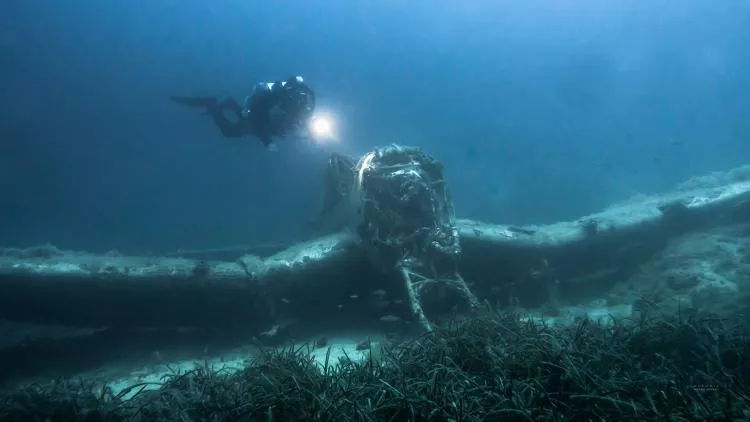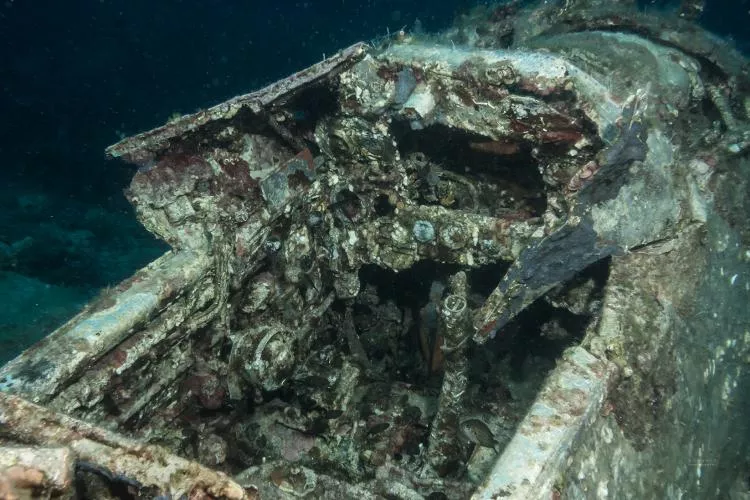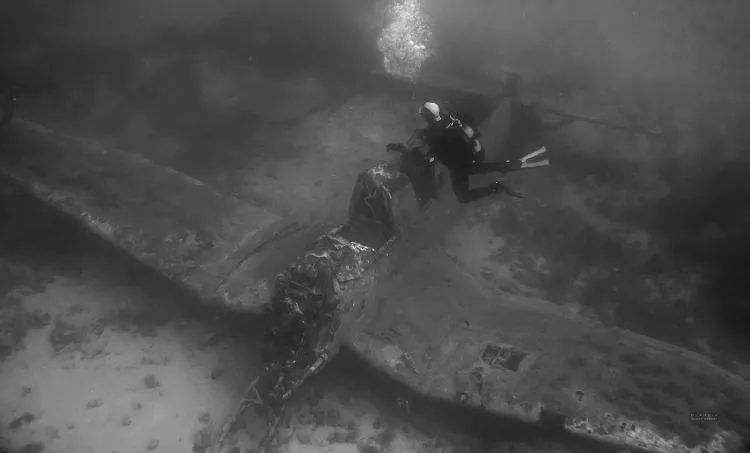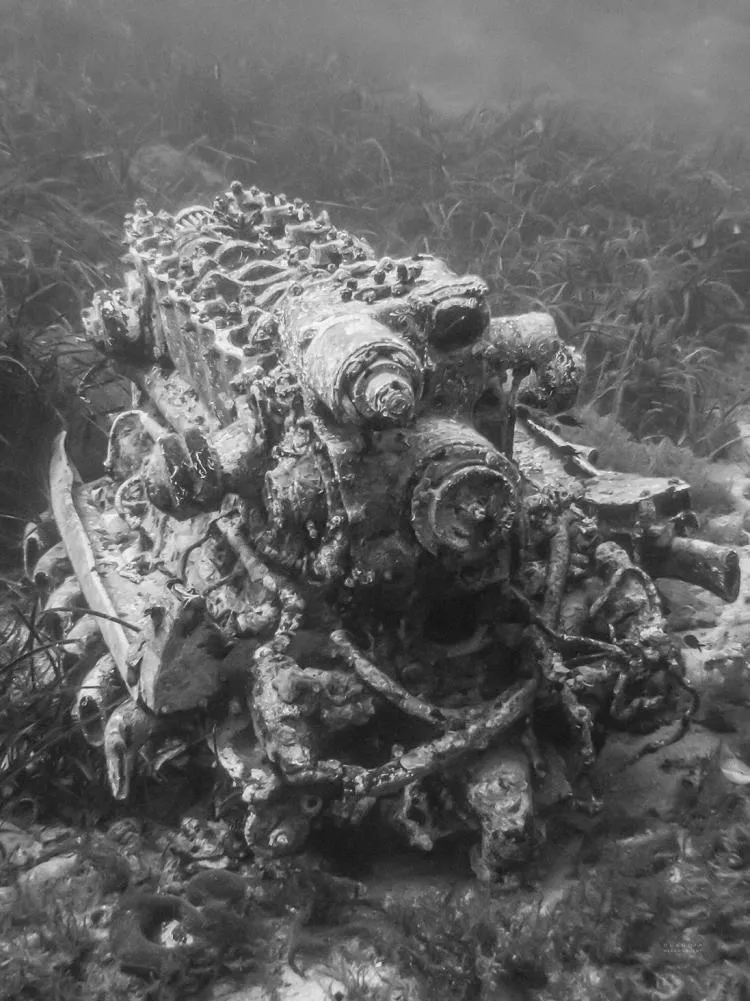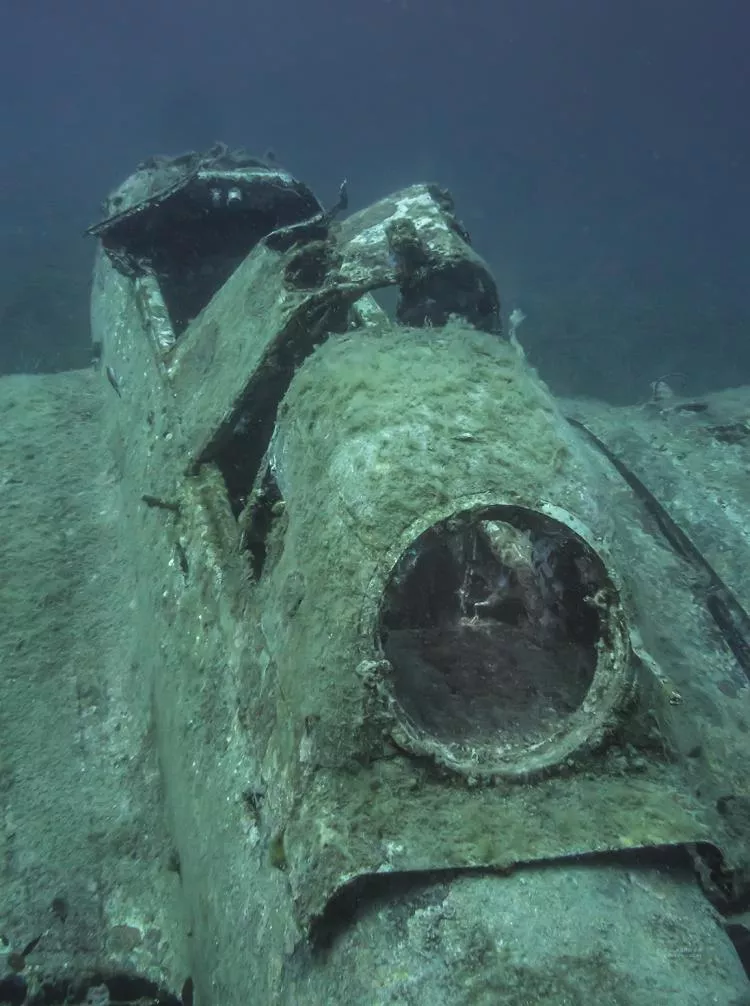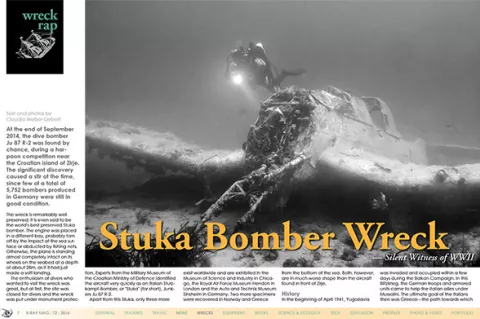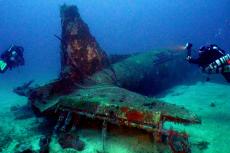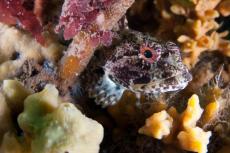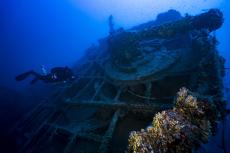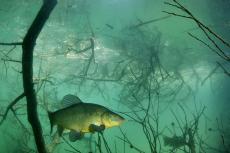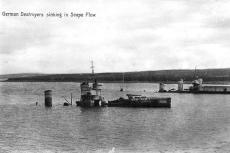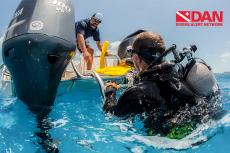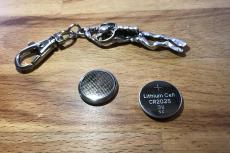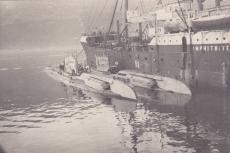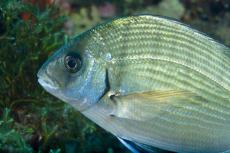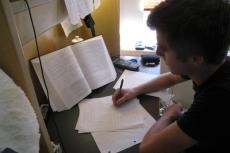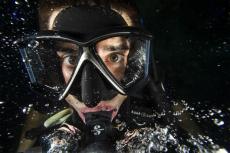At the end of September 2014, the dive bomber Ju 87 R-2 was found by chance, during a harpoon competition near the Croatian island of Zirje. The significant discovery caused a stir at the time, since just a few of a total of 5,752 bombers produced in Germany were still in good condition.
Contributed by
Factfile
Technical data for Ju 87 R-2
Building material: Duraluminium, all-metal construction method
Covering: Smooth metal
Crew: 2
Engine: Jumo 211D, rated power of 950 hp at takeoff 1200 hp
Wingspan: 13.8m
Wing area: 39.9m²
Length: 11.1m
Height (on the ground): 4.01m
Weight of empty aircraft: 1,185kg
Maximum take-off weight: 4,390kg
Top speed (in horizontal flying position): 383km/h
Fall speed: 650km/h
Service ceiling: 8,100m
Highest range (no load): 1,252km
Gun pods load: 500kg bomb or a bomb of 250kg plus two underwing tanks with 600 liters of fuel
Small arms: Two fixed machine guns MG17 7.9mm in the wings and one movable MG15 7.9mm machine gun in the rear cockpit
The wreck is remarkably well preserved; it is even said to be the world's best preserved Stuka bomber. The engine was placed in a different bay, probably torn off by the impact to the sea surface or abducted by fishing nets. Other than that, the plane stands almost completely intact on its wheels on the seabed at a depth of about 28m, as if it had just made a soft landing.
The enthusiasm of divers to visit the wreck was great; however, the site was initially closed to them and the wreck put under monument protection. Experts from the Military Museum of the Croatian Ministry of Defense identified the aircraft very quickly as an Italian Sturzkampfbomber (or "Stuka", for short) Junkers Ju 87 R-2
Apart from this Stuka, only three others exist worldwide and are exhibited in the Museum of Science and Industry in Chicago, the Royal Air Force Museum in London and the Auto and Technik Museum Sinsheim. Two other specimens were recovered in Norway and Greece from the bottom of the sea. Both, however, are in much worse shape than the aircraft found in front of Zirje.
History
In the beginning of April 1941, Yugoslavia was invaded and occupied within a few days during the Balkan Campaign. In this blitzkrieg, German troops and armored units came to help the Italian allies under Mussolini. The ultimate goal of the Italians then was Greece—the path towards which led over Yugoslavia.
According to the Croatian Ministry of Defense, there could be found information in literature about the attack of three Italian Stuka bombers Ju 87 R (239th Squadriglia, 97 Gruppo Bombardamento a tuffo). On 12 April 1941, these bombers flew attacks on two Yugoslavian warships that took position in the bays of Jadrovac near Sibenik. Two of the Stukas were shot down, one of them was destroyed and the pilot was killed. The second Stuka bomber was damaged and forced to go down on the water. Since then, it has been sitting on the seabed.
No one knows exactly what happened to the pilots. The dome over the cockpit is missing and no human remains were found. Presumably, the pilots were able to save themselves. (SOURCE: http://vojnapovijest.vecernji.hr; translation by Rudi Hess, Bougainville Diving, Biograd)
Diving allowed
At first, the wreck was closed to the public. Experts examined the aircraft and some parts—those that were popular collectibles—have been removed and preserved in a museum, for example, the typical MG15 machine gun from the rear cockpit and the control horn from the main cockpit. Plans to salvage the wreckage for preservation and exhibition have been abandoned. The Ju 87 R-2 was, however, declared a cultural heritage and is a listed monument.
Since the end of April 2015, diving at the bomber is permitted. To do so, dive centers can purchase a license and bring their divers to the wreck. At least one person from the dive center must be present during the dive to make sure no one damages or removes parts of the wreck.
The depth is about 28m. The Stuka Bomber stands on the sandy bottom in poseidon grass. The engine has now been transported to the wreck and is placed just a few meters from it. While descending, the Ju 87 can clearly be seen from just 10m under the surface.
The site is flagged on the sea surface with only plastic bottles on nylon cords, so that it would not be found easily by unauthorized persons. Divers should strictly avoid contact with the wreck—so, hands and flippers off! If the wreck is damaged by divers too badly, the Croatian authorities will take protective measures and close down the wreck again. Although there are other beautiful aircraft wrecks in the Adriatic, they are at depths of 70m and more, and cannot easily be reached by amateur divers.
Thanks to the perfect organization of Rudi Hess of Bougainville Diving in Biograd—at the dive site and underwater—our team's photographic trip to the past became possible.
About the Stuka
The Ju 87 R-2 dive bombers were produced in Germany by the manufacturer Junkers Aircraft Factory Ag from 1937 to 1944 in various types, with a total of 5,752 parts.
As single-engine low-wing aircraft with folding wings, rigid chassis and a two-men crew, the bombers were used by the German Luftwaffe as a precise weapon. In swooping maneuvers, bombs could be dropped with high precision and the intended targets were destroyed. Hence, the plane was given the name "dive bomber" or "Stuka" for short (Sturz-Kampf = dive fight). Although the Stuka bombers had serious shortcomings, they were the most successful air combat unit of WWII.
During the flight presentation in Neuhammer, Germany, on 15 August 1939, 13 Stukas crashed from a low altitude. However, since the "success rate" at the bombing was much higher and more accurate than that of other bombers, the Stukas were used during WWII by the German Luftwaffe and the allies for airstrikes. The principal strategy of the Stukas (which flew slow, actually) was this: fly at high altitude to the destination, drop the bombs in a quick swooping maneuver above the target, and then leave as quickly as possible. The sniper in the rear cockpit had the task of clearing backwards approaching aggressors with a machine gun.
K. H. Eichhorn, born in 1943, was in the German Air Force from 1962 to 1976. He wrote the following in his online Airplane Archives concerning the special swooping technique of the Stukas:
“Importantly, there was an automatic dive control, in which the machine was transferred to horizontal flight in a pre-programed distance from the ground. The pilot had to first adjust ten vital handles to program the dive. After that, he had to bring one of the red lines painted in various degrees in the cockpit dome in a line with the horizon, and then aim for his goal manually like a fighter plane, while only using the ailerons. The swooping angle very often amounted to exactly 90 degrees and started with a roll maneuver over one of the wings directly vertically above the intended target. Strangely, in the Junkers they had not, like many other bombers, the feeling of having already exceeded the normal 90 degrees.
In general, the Ju 87 during the swoop, in which it was so marvelous, showed a much better performance than in the normal horizontal flight—particularly because of the glass cockpit dome. Once the signal lamp flashed in the altimeter, the pilot pressed a button on the steering column and initiated—usually at a height of 450m—the termination of the swoop. In the event of failure of this automatic feature, the pilot had to summon all his force to pull the machine into straight flight while carefully using the trim flaps to perform the maneuver." (SOURCE: www.kheichhorn.de)
The model Ju 87 was built in six different types. The suffix "R" from the Ju 87 R-2 model discovered in Croatia stands for “range”; additional fuel tanks for twice the range were installed under the wings. This was necessary for operations in the Mediterranean and across the Channel.
Most of the machines were equipped with an additional so-called "Jericho horn", which produced the typical siren sound of Stukas. This had a psychological effect aimed to instill fear and terror in the people in the target areas. These sirens were powered by small propellers on the landing gear in very rapid and steep nosedives. Incidentally, the Stukas' haunting sounds are still often used in action movies when airplanes crash. ■
Claudia Weber-Gebert is an advanced diver, dive writer, underwater photographer based in Germany.
Published in
-
X-Ray Mag #72
- Läs mer om X-Ray Mag #72
- Log in to post comments

